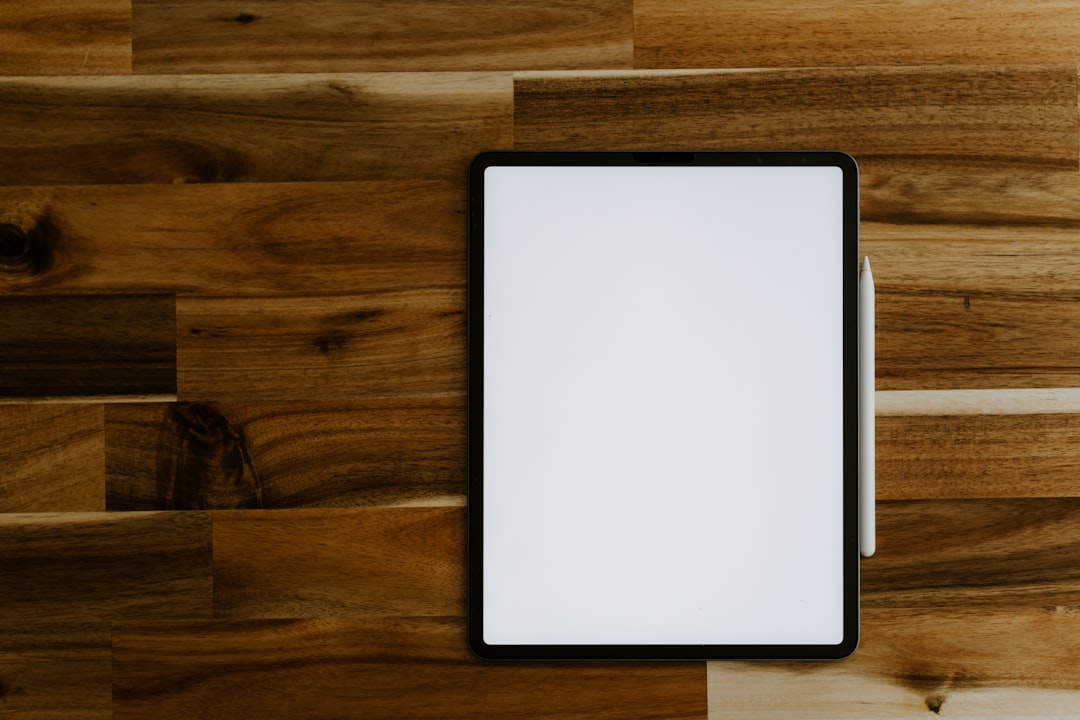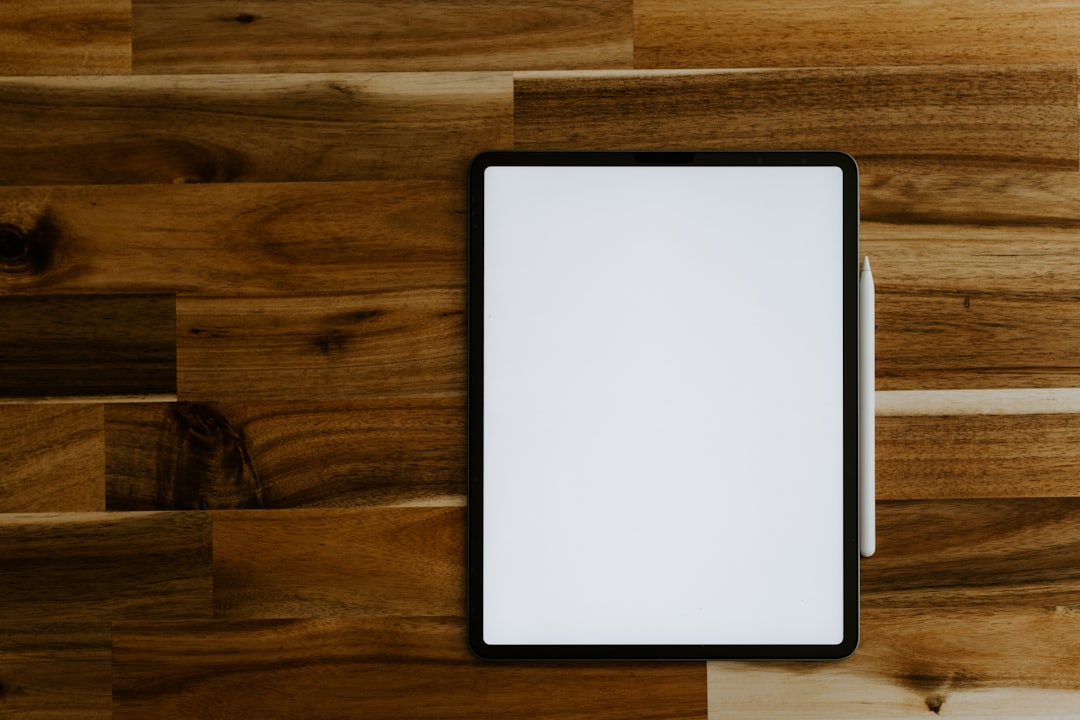Ever been excited to watch your favorite movie on Plex only to see the dreaded message: “Connection to server is not fast enough”? Frustrating, right? Don’t worry—you’re not alone! This guide will help you understand why this happens and how to fix it.
Why Does This Happen?
There are a few possible reasons why your Plex plugin struggles to connect properly:
- Slow internet speed – Your internet isn’t fast enough to stream the content.
- Server overload – The Plex server you are connecting to is under heavy stress.
- Network congestion – Too many people or devices are using your connection.
- Incorrect Plex settings – The streaming quality could be too high for your network speed.
Now, let’s dive into how to fix these issues!
Step 1: Check Your Internet Speed
Your Plex experience depends on your internet speed. Use an online speed test to check your download speed. Here’s a quick guide:
- Visit a free speed test website (such as fast.com or speedtest.net).
- Run the test and note your download and upload speeds.
- If your speed is below 10 Mbps, you may experience buffering issues.
If your connection is slow, try restarting your router or upgrading your internet plan.
Step 2: Optimize Plex Streaming Quality
Plex allows you to adjust streaming quality to reduce buffering. Follow these steps:
- Go to Settings in your Plex app.
- Select Video Quality.
- Reduce the quality setting to “4 Mbps 720p” or lower.
This can help if your network has limited bandwidth or if your server is struggling.

Step 3: Reduce Network Congestion
If multiple people in your house are streaming videos or downloading large files, your network could be overloaded.
Try these solutions:
- Pause any large downloads while using Plex.
- Ask others in your home to reduce their internet usage.
- Use a wired Ethernet connection instead of Wi-Fi for stability.
This can make a huge difference, especially if you’re streaming high-quality content.
Step 4: Upgrade Your Hardware
Sometimes, your router or Plex server hardware might be the bottleneck. Here’s what you can do:
- Upgrade your router if it’s more than a few years old.
- Place your router closer to your streaming device.
- Check your Plex server’s hardware: If it’s an old computer or NAS device, it may not handle transcoding well.
Upgrading your setup may enhance streaming performance significantly.
Step 5: Enable Direct Play
Plex transcodes videos to match your device’s capabilities. But transcoding can slow things down. If your device supports the file format, enable Direct Play.
- Open Plex settings.
- Go to Playback.
- Enable Direct Play and Direct Stream.
This allows your device to directly play the video without extra processing.

Final Thoughts
Plex is an amazing way to access all your favorite media, but buffering issues can ruin the experience.
Let’s quickly go over the fixes one more time:
- Check your internet speed.
- Lower streaming quality in Plex settings.
- Reduce network congestion.
- Upgrade your hardware if needed.
- Enable Direct Play for better performance.
By following these steps, you should see an improvement in your Plex streaming quality. No more frustrating buffering!
Enjoy your movies and shows smoothly again!
